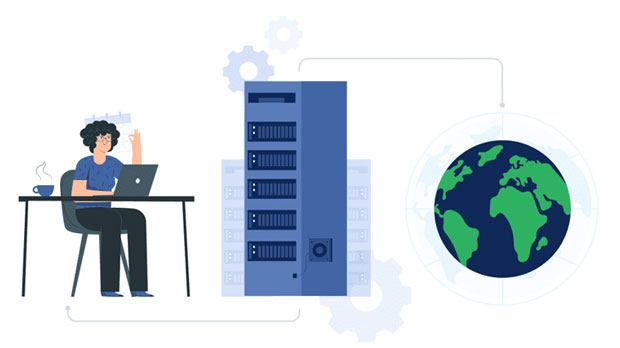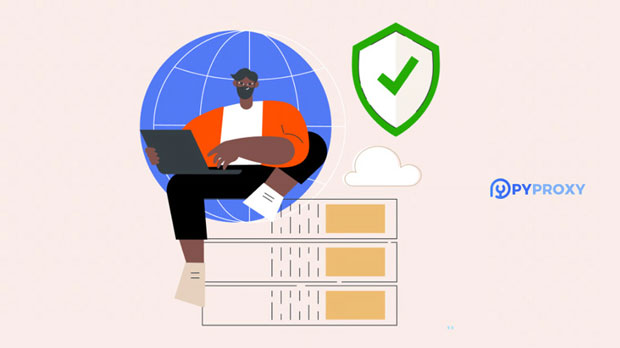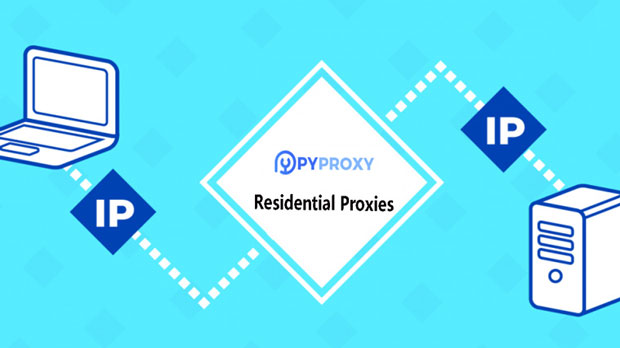A socks5 proxy is a type of internet protocol that enables users to route their internet traffic through a remote server, providing enhanced privacy, security, and the ability to bypass geographical restrictions. Unlike traditional HTTP proxies, which only handle specific types of traffic (such as web browsing), SOCKS5 is a versatile protocol that can handle all types of internet traffic, including emails, torrents, and gaming. This flexibility makes SOCKS5 a popular choice for individuals who require an all-encompassing solution for anonymity and data routing. In this article, we will explore what a SOCKS5 proxy is, its key features, how it works, and why it has become a popular option for internet users seeking to enhance their online privacy and security.1. Understanding SOCKS5: A Deeper DiveSOCKS stands for "Socket Secure," and it is a protocol designed to allow clients to connect to servers through a proxy server. SOCKS5 is the latest version, offering various improvements over previous versions, such as better security and support for different types of internet traffic. To understand the significance of SOCKS5, it is crucial to first examine what a proxy server does.A proxy server acts as an intermediary between a user's device and the internet. When you use a proxy, your internet traffic is directed through this intermediary server, which forwards your requests to the intended destination. The destination server, however, does not see your actual IP address; it only sees the IP address of the proxy server.SOCKS5, as an evolution of the original SOCKS protocol, can handle a wider range of traffic types, including TCP (Transmission Control Protocol) and UDP (User Datagram Protocol). This makes it more versatile compared to earlier SOCKS versions.2. Key Features of SOCKS5 ProxyThe SOCKS5 protocol stands out due to several distinct features that make it advantageous for users who require a more secure and flexible internet browsing experience:- Support for All Traffic Types: Unlike HTTP or HTTPS proxies, which are designed specifically for web traffic, SOCKS5 can handle a variety of internet protocols. This includes email (SMTP), file sharing (FTP), and even gaming traffic.- Enhanced Security: SOCKS5 supports authentication, which allows users to protect their connections with a username and password. This adds an extra layer of security, especially when using public or shared proxy servers.- No Data Alteration: Unlike some proxies that alter or cache your data, SOCKS5 simply forwards your traffic without modifying it, ensuring that your internet requests remain intact.- Bypassing Geographical Restrictions: socks5 proxies are often used to access region-locked content. By routing your traffic through a remote server in a different location, you can bypass geo-restrictions and access websites or content that might be blocked in your country.3. How Does SOCKS5 Work?To understand how a SOCKS5 proxy works, it’s essential to first know how proxy servers function in general. When you connect to the internet via a SOCKS5 proxy, the process follows a series of steps:- Step 1: User Requests Connection: The user’s device initiates a connection to the socks5 proxy server, requesting access to a remote server or website.- Step 2: Authentication (Optional): If the SOCKS5 server requires authentication, the user will provide a username and password to proceed.- Step 3: Proxy Server Forwards Traffic: Once the connection is established and authenticated (if necessary), the SOCKS5 server routes the traffic to the destination server.- Step 4: Destination Server Response: The destination server processes the request and sends back the appropriate data to the SOCKS5 proxy server.- Step 5: Proxy Server Sends Data to User: The SOCKS5 proxy receives the data from the destination server and forwards it to the user’s device, completing the transaction.At no point does the destination server directly communicate with the user's device. Instead, all data flows through the proxy server, keeping the user’s real IP address hidden. This process ensures both privacy and security for the user.4. The Advantages of Using a SOCKS5 ProxyThere are several advantages to using a SOCKS5 proxy, making it an appealing choice for a variety of online activities:- Privacy and Anonymity: Since the proxy server masks your IP address, it helps maintain your anonymity online. Websites you visit will only see the proxy server's IP, not your own, protecting your identity.- Bypass Censorship: In regions where internet censorship is common, a SOCKS5 proxy can help users bypass restrictions and access otherwise blocked content. This is especially beneficial in countries with strict internet policies.- Improved Security: By acting as an intermediary between the user and the internet, SOCKS5 can protect against certain types of cyber threats, such as DDoS attacks, by obscuring the user's real IP address.- Support for Multiple Applications: SOCKS5 is not limited to web traffic but also supports other types of applications, including video streaming, gaming, and torrenting. This makes it highly versatile for users with varied needs.5. Comparing SOCKS5 with Other Proxy TypesWhile SOCKS5 is an excellent choice for many users, it’s helpful to compare it to other common proxy types to understand its unique advantages:- SOCKS5 vs. HTTP Proxies: HTTP proxies are only capable of handling web traffic, whereas SOCKS5 can handle a wide range of internet traffic types. This makes SOCKS5 more versatile.- SOCKS5 vs. HTTPS Proxies: HTTPS proxies provide encrypted communication for web browsing, offering more security than HTTP proxies. However, SOCKS5 supports more protocols and offers a more comprehensive solution for users seeking anonymity and security across various types of internet traffic.- SOCKS5 vs. VPN: While both SOCKS5 proxies and VPNs offer anonymity by masking the user's IP address, a VPN encrypts all internet traffic between the user and the VPN server, providing additional privacy and security. In contrast, SOCKS5 proxies do not encrypt data, so they are faster but offer less protection than a VPN.6. Use Cases for SOCKS5SOCKS5 proxies are used for various reasons, including:- Bypassing Geo-Restrictions: Users can use SOCKS5 proxies to access content that is restricted in certain geographic regions. This is common for accessing streaming services or websites that block certain countries.- Online Privacy: Individuals who value their privacy can use SOCKS5 proxies to mask their IP addresses and prevent websites from tracking their activities.- P2P and Torrenting: SOCKS5 is popular among torrent users because it provides a secure way to download and share files without exposing their real IP address.- Online Gaming: Gamers often use SOCKS5 proxies to reduce latency or avoid geographical restrictions in online games.7. ConclusionThe SOCKS5 proxy is a powerful and flexible tool for anyone looking to enhance their online privacy and security. With its ability to handle multiple types of internet traffic and support for authentication, SOCKS5 offers a versatile solution for users who need anonymity, security, and the ability to bypass geographic restrictions. While not offering the same level of encryption as a VPN, SOCKS5 is still a valuable option for many use cases, particularly for those who need a fast and reliable proxy for browsing, gaming, or downloading. By understanding the benefits and limitations of SOCKS5, users can make an informed decision about how to integrate this protocol into their internet usage habits.
Jan 09, 2025
![arrow]()



















































